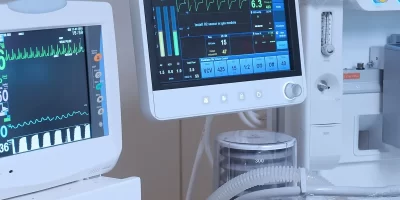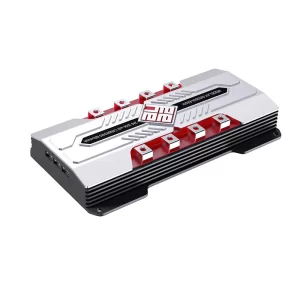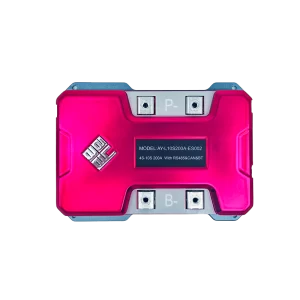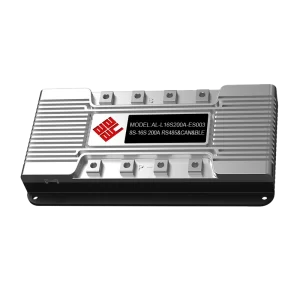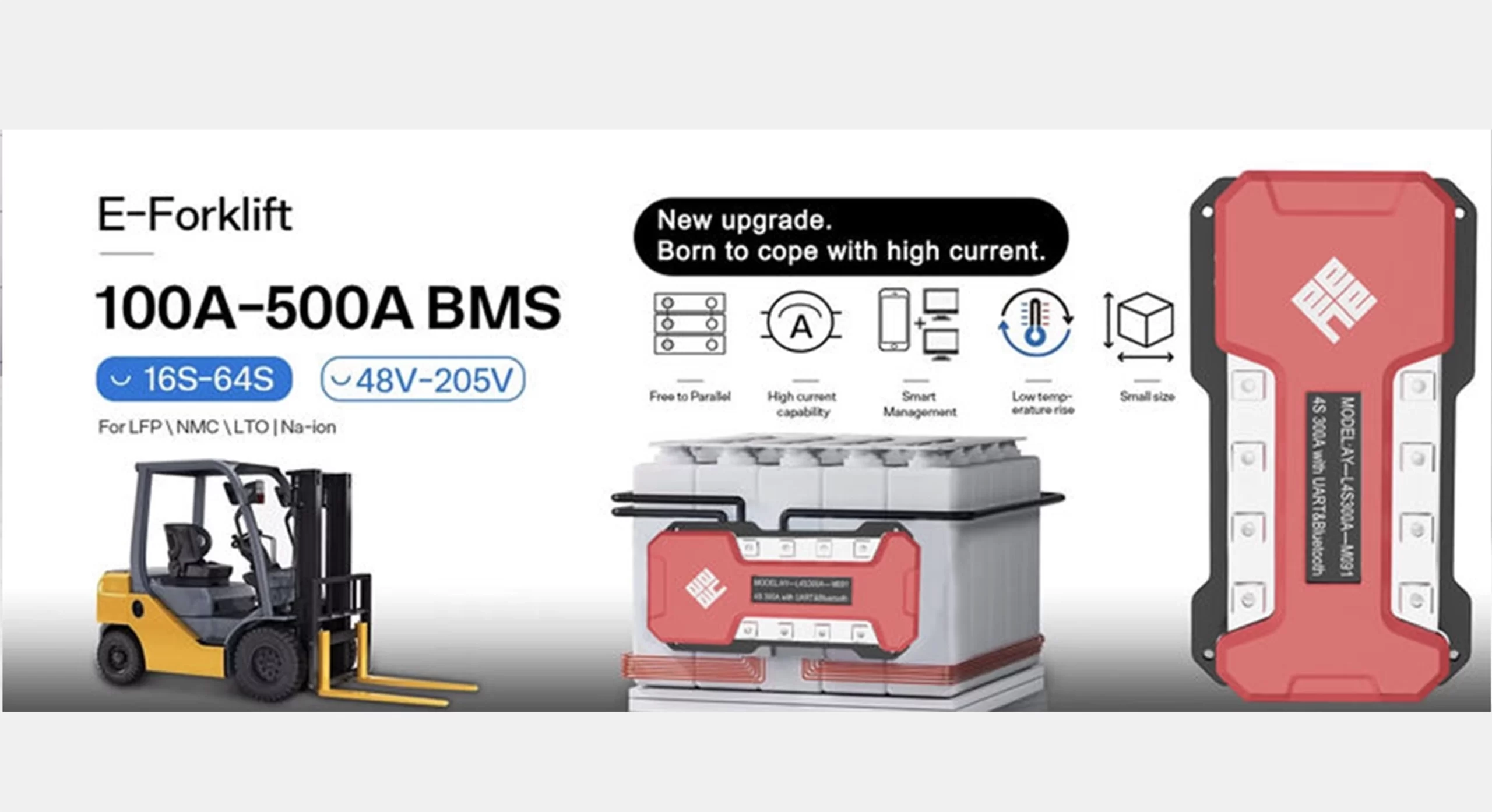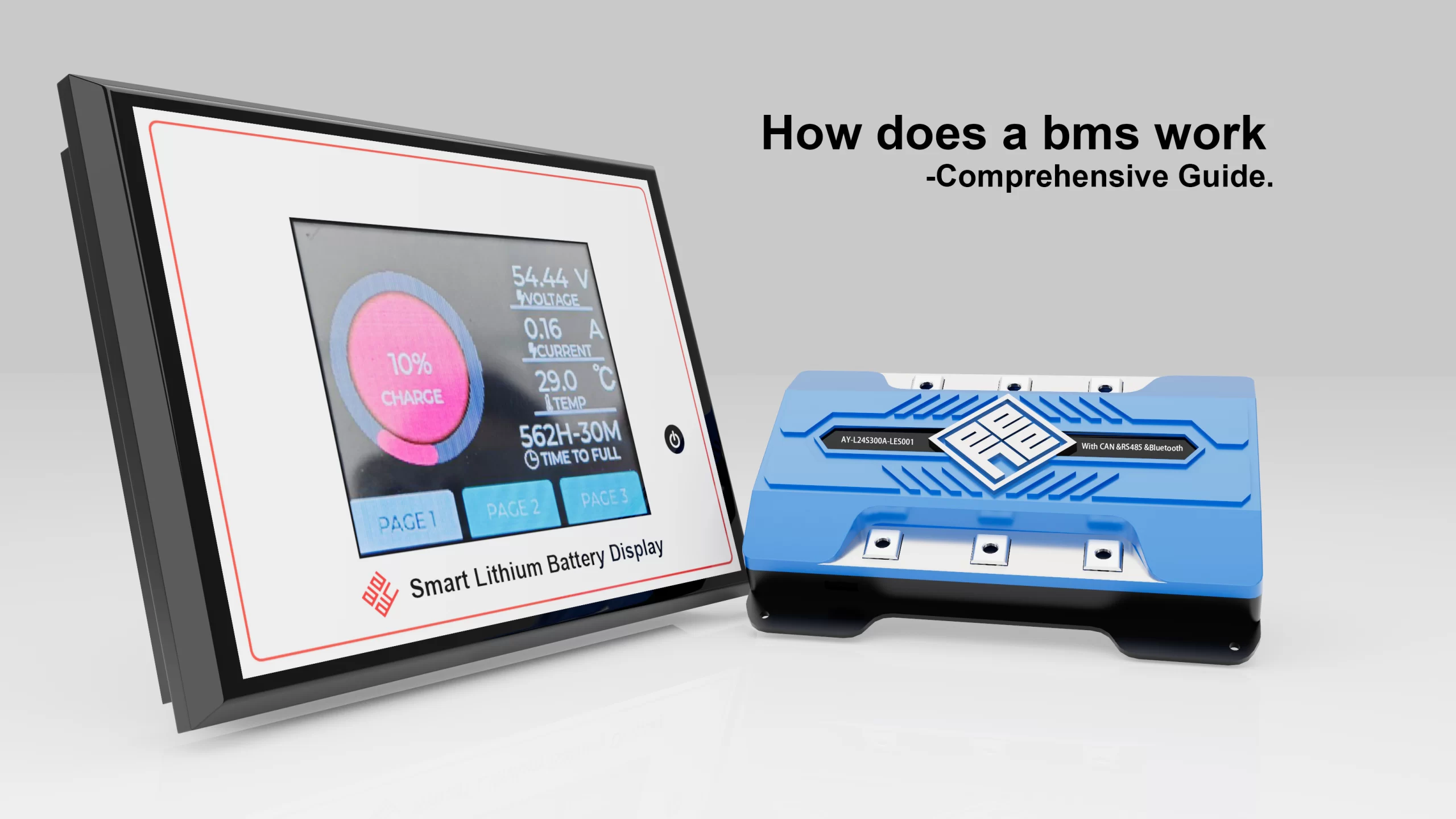ホームページ About Us EVENTS & NEWS Optimizing Energy Efficiency with Advanced Battery Management System Design
Optimizing Energy Efficiency with Advanced Battery Management System Design
Optimizing Energy Efficiency with Advanced Battery Management System Design
Now more than ever, a dependable and sophisticated battery management system design is essential due to the growing need for energy efficiency and renewable energy storage worldwide.
The longevity and performance of battery packs are increased by a well-designed battery management system (BMS), which also guarantees their safe and effective functioning.
We will provide you with an overview of battery management system design, including its idea, architecture, operation, applications, and essential features, as well as high-performance solutions.
Architecture and Components of Battery Management System Design
A battery management system design’s structure usually consists of:
Monitoring Unit: Measures voltage, current, and temperature data from individual cells.
Control Unit: Processes sensor data and manages system logic using microcontrollers.
Communication Module: Interfaces with external systems (e.g., vehicle ECUs, cloud platforms) via CAN, RS485, Bluetooth, or 4G.
Protection Module: Provides rapid disconnection or intervention in case of fault events.
Balancing Unit: Ensures uniform charge levels across all cells.
These components’ integrated software algorithms carry out real-time optimization, health estimate, and diagnostic tasks.
Basic Concepts for Battery Management System Design
The term “battery management system design” describes the thorough engineering procedure used to create hardware and software for battery system monitoring, protection, and optimization.
Any system or device that uses rechargeable batteries needs a BMS, but this is especially true for high-energy applications like energy storage systems, electric cars, and portable devices.
Key goals of battery management system design include:
Real-time monitoring of voltage, current, and temperature.
Protection against overcharging, overdischarging, and overheating.
Accurate estimation of State of Charge (SOC), State of Health (SOH), and State of Power (SOP).
Active or passive cell balancing.
To guarantee safety and effectiveness, designing a BMS requires carefully evaluating battery chemistry, system configuration (series/parallel cells), and communication interfaces.
Operating Principles of Battery Management System Design
A series of clever procedures that continuously monitor and regulate battery activity form the foundation of battery management system design:
Data Acquisition: Sensors for temperature, voltage, and current gather operational data from every battery cell in real time.
Data Processing: Algorithms such as Kalman filtering or neural networks analyze this data to estimate key parameters like SOC, SOH, and SOP.
Balancing Control: If cells show imbalance, the BMS triggers active or passive balancing to equalize energy distribution.
Charge/Discharge Management: The BMS adjusts charging and discharging parameters to prevent damage and optimize efficiency.
Thermal Management: Temperature sensors work with heating or cooling mechanisms to maintain an optimal thermal environment.
Communication and Feedback: The system reports real-time data to a user interface or remote monitoring system for diagnostics and control.
Across a range of battery-powered applications, this reliable procedure guarantees energy economy, operational stability, and safety.
Application Scenarios of Battery Management System Design
Applications for battery management system design are found in many different sectors and technological fields:
Electric Vehicles (EVs): Longer range, improved performance, and protection from harsh environments are all made possible by BMS, which is essential to the safe and effective functioning of big battery packs.
Renewable Energy Storage: BMS guarantees that energy is effectively stored and delivered during periods of high demand and preserves the best possible battery performance in solar and wind power projects.
Consumer Electronics: Compact BMS modules are used in laptops, tablets, and smartphones to safeguard the battery and increase device longevity.
Industrial Backup Systems: Strong BMS designs are essential for UPS and other vital backup systems to guarantee prompt reaction and dependable operation.
Medical Equipment: When it comes to life-sustaining battery-powered medical devices, high-precision BMS is essential.
Off-grid Systems: For energy independence and dependability, solar-integrated BMS designs are necessary for microgrids and isolated power systems.
Key Features of Battery Management System Design
The following crucial components are present in an advanced battery management system design:
High-Accuracy Sensing: Voltage, current, and temperature sensors with low drift and fast response.
Intelligent Algorithms: AI-enhanced methods for SOC and SOH estimation.
Comprehensive Protection: Protection from short circuits, overcurrent, overtemperature, etc.
Active Balancing: Efficient energy redistribution between cells.
Communication Flexibility: CAN, BLE, 4G, and GPS interfaces for real-time monitoring and control.
Product Introduction: AY-L24S300A-ES001 (7S–24S)
With a current rating of up to 300A, this high-performance battery management system works with 7S to 24S setups.
It provides precise temperature management, active balancing, and a variety of communication methods (CAN/RS485).
Because of its adaptability, it is perfect for high-demand EV applications, solar storage, and forklifts.
Product Introduction: AY-L10S200A-ES002 (4S–10S)
With a small 165x123x30 mm size with RS485, CAN, BLE, 4G, and GPS communication, this BMS is made for mid-scale battery systems.
Active balancing, an integrated heater, 200A continuous current, and smart display choices are all supported.
Perfect for hybrid storage solutions and mobile energy systems.
Product Introduction: AY-L16S200A-ES003 (8S–16S)
Targeting high-performance solar and car battery packs, the AY-L16S200A-ES003 combines fast-response protection with intelligent monitoring.
It is ideal for mid-to-high-voltage energy applications and strikes a compromise between efficiency and small size.
Key Design Challenges in Battery Management System Design
Engineers must overcome a number of technical obstacles to guarantee long-term performance and dependability, even if BMS design is essential for energy efficiency and safety:
Thermal management in extreme environments: BMS must preserve thermal stability in both low-temperature outdoor applications and high-temperature industrial systems.
Our innovations reduce the risk of overheating and freezing by combining AI-based predictive control with high-sensitivity NTC thermistors.
Scalability and modularity: Scalable BMS solutions are necessary for modern energy systems, particularly in solar and electric vehicle applications.
Modular topologies, such as distributed or master-slave, are supported by our battery management system design to handle multi-series setups, such as 7S–24S and 4S–10S structures.
Real-time communication and cloud integration: Remote updates and real-time diagnostics are crucial as digitization grows.
Utilizing RS485, CAN, BLE, 4G, and GPS technologies, our BMS systems offer quick, safe, and adaptable data transfer.
Why Choose Us for Battery Management System Design
Our customized battery management system design solutions at Ayaa Technology are based on performance, safety, and innovation.
Our engineering staff offers worldwide technical support, comprehensive design services, and professional consultancy.
Our firm provides optimum battery management system design for a variety of industries with more than 20 years of engineering experience and worldwide service coverage in the United States, Germany, and Japan.
Our flagship models demonstrate extensive knowledge in striking a balance between software intelligence and hardware robustness:
AY-L24S300A-ES001 (7S–24S): uses RS485/CAN protocols and provides a constant current capacity of 300A.
Perfect for high-power storage systems and industrial EVs.
AY-L10S200A-ES002 (4S–10S):A very flexible module that supports 4G, GPS, and BLE.
With a very low standby power consumption (≤150uA), it has superior protection, active balancing, and heating capabilities.
AY-L16S200A-ES003 (8S–16S): With a wide operating temperature range of -40°C to +85°C and support for clever SOC/SOH algorithms, it is designed for energy storage and electric mobility.
FAQ
Q:What is the battery management system process?
A:An assembly of battery cells electrically arranged in a row x column matrix configuration to enable the delivery of a targeted range of voltage and current for a duration of time against expected load scenarios is called a battery management system (BMS).
Q:What is the basic structure of BMS?
A:Three integrated circuits (ICs) typically comprise the core component of a full BMS for low or medium voltages: a fuel gauge, a microcontroller (MCU), and an analog front-end (AFE).
Q:What are the components of a battery management system?
A:The majority of the sensing components in BMS are temperature, voltage, and current sensors.
The Future of Battery Management System Design
Intelligent, cloud-connected, and extremely efficient designs are the way of the future for Design of a battery management system as the demand for e-mobility and renewable energy continues to rise.
To spearhead this change, our R&D team is constantly developing new-generation BMS platforms with self-repair diagnostics and machine learning capabilities.
Visit www.ayaatech.com to learn more, and get in touch with us to modernize your energy systems with cutting-edge BMS solutions.








